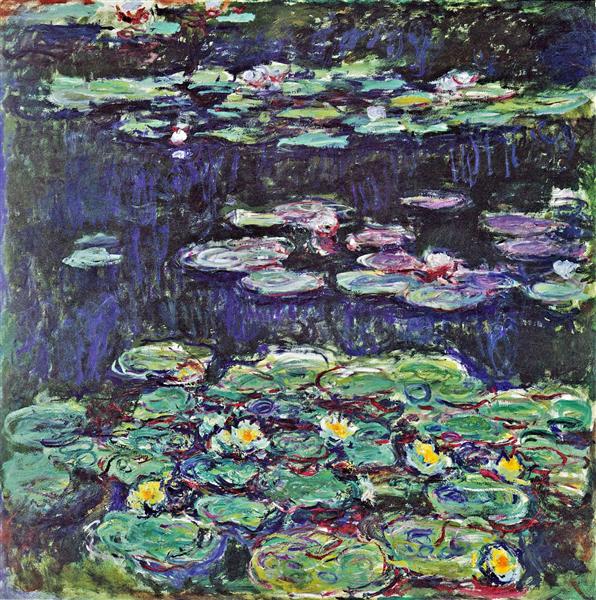Description
The painting Human Fragility by the Italian artist Salvator Rosa is an impressive work that captivates the viewer with its unique artistic style and dramatic composition. The painting, original size 199 x 134 cm, presents a surreal scene in which a human figure is represented surrounded by symbolic elements that reflect the fragility of life.
Salvator Rosa's artistic style is characterized by his ability to create mysterious and dramatic atmospheres, which can be appreciated in Human Fragility. The human figure, which is in the center of the painting, is surrounded by elements such as a skull, a candle, a withered rose and a feather, which suggest the transience of life and the inevitability of death.
The composition of the work is impressive, with the human figure in a fetal position and the legs bent towards the chest, which creates a feeling of vulnerability and fragility. The figure is wrapped in a white robe, which contrasts with the dark background of the painting, further emphasizing its presence in the work.
Color also plays an important role in Human Fragility. The dark and gloomy tones of the painting create an atmosphere of melancholy and sadness, reflecting the theme of human frailty. The only note of color in the work is the withered rose, which symbolizes the ephemeral beauty of life.
The history of the painting is interesting, as it is believed to have been created in the 1650s, during a period when Salvator Rosa focused on philosophical and existential themes in his work. Human Fragility is currently in the Museo del Prado in Madrid, where it continues to captivate visitors with its beauty and profound message.
In short, Human Fragility is an impressive work of art that reflects Salvator Rosa's unique artistic style and his ability to create dramatic and mysterious atmospheres. The composition, the color and the history of the painting are interesting aspects that make this work a unique and unforgettable piece in the history of art.














